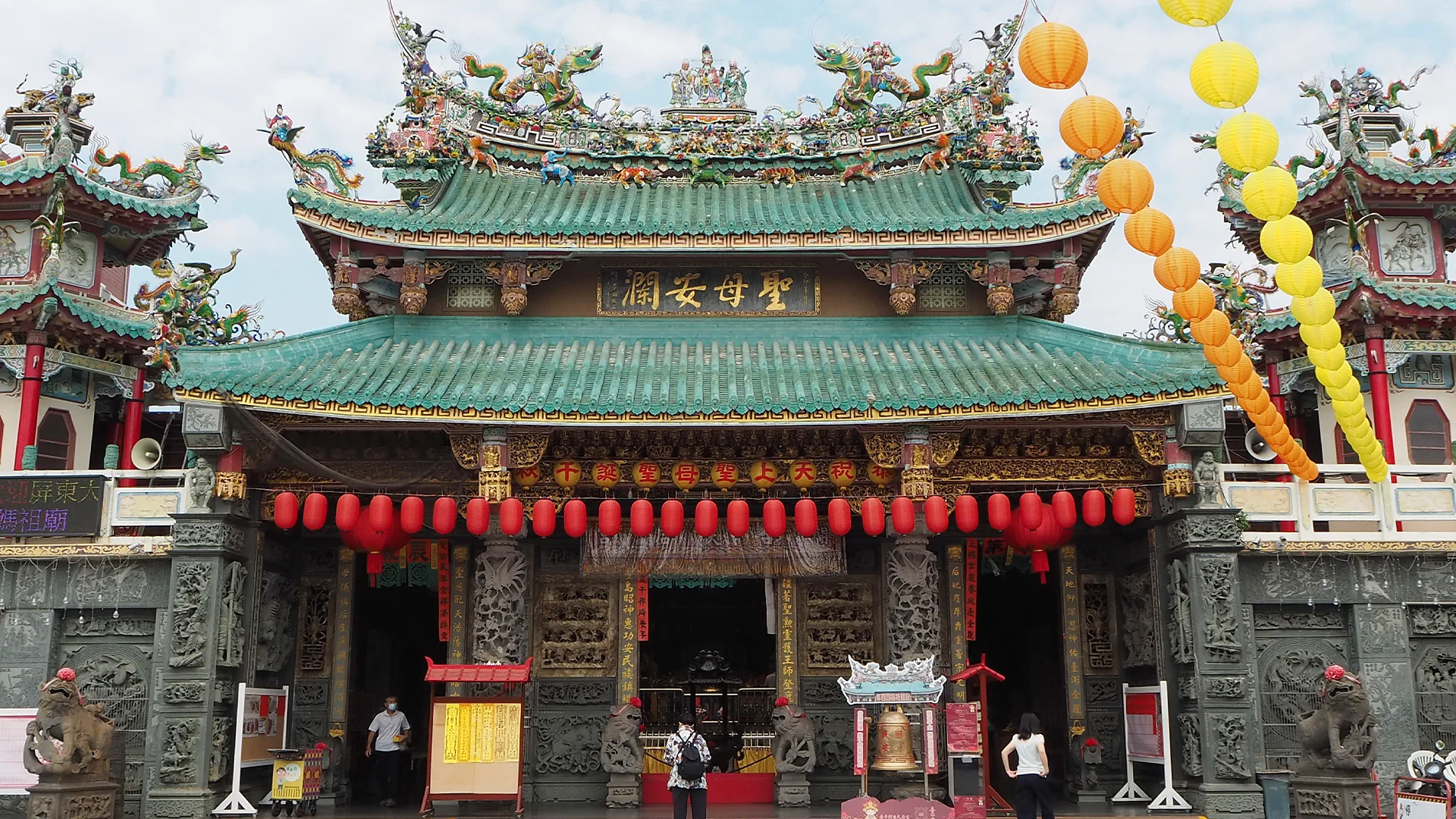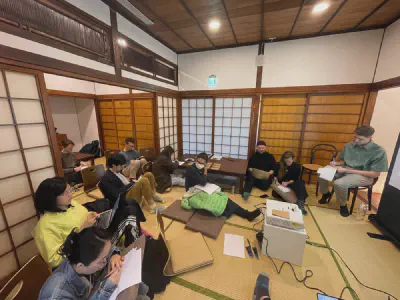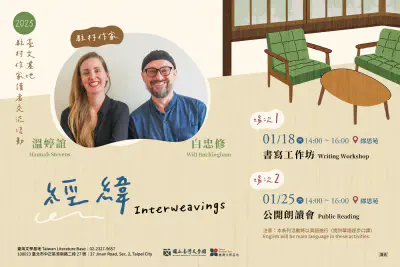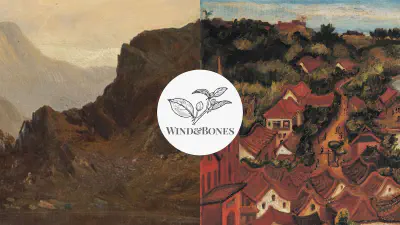Over the past few months, I have been working on a piece about the city of Tainan, our current home. Since arriving here almost a year ago, I’ve become interested in Tainan’s multicultural and multilinguistic history — and the multicultural and multilinguistic history of Taiwan more broadly.
This piece has been something of a labour of love, talking to people like Siraya language activists Edgar Macapili, Uma Talavan, brilliant Taiwanese language youtuber Ayo, and head of the Confucius Temple cultural foundation, Dr Tsio̍h Bo̍k-bîn about Tainan’s complicated history, and its many languages. It’s now available on the BBC Travel website.
Here’s the opening, to give you a taste.
In 1624, a ragged fleet of ships owned by the Dutch East India Company arrived at a forested island off the coast of China. The Dutch merchants were looking for a foothold to trade with China’s Ming dynasty, but had failed to seize the Portuguese enclave of Macau. The rugged, uncharted island to which they retreated was a place of last resort. They established a base on a long sandbank and built a fort, naming it Fort Zeelandia. They called the place where they settled Tayouan – or Taiwan. The Dutch traded with the local Siraya people who spoke an Austronesian language more closely related to contemporary Malay, Tagalog and Māori than modern-day Mandarin. Some scholars argue that the word “Taiwan” itself has Indigenous roots – deriving from “tavo-an,” meaning “meeting-place” in Siraya.



